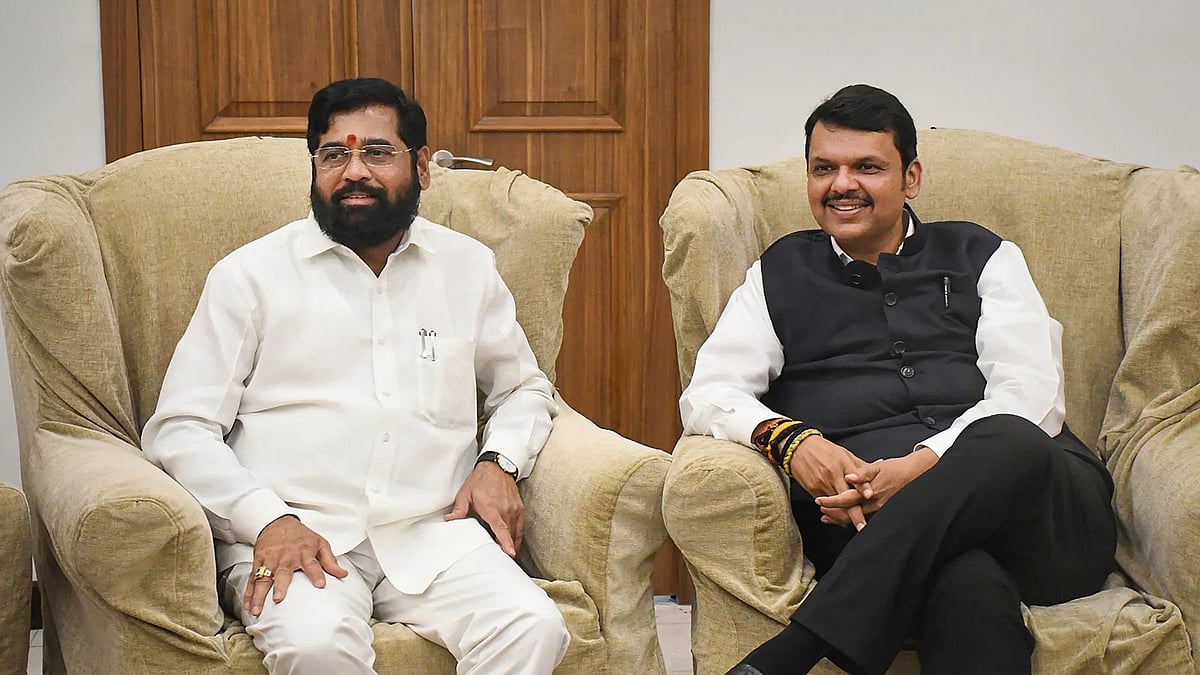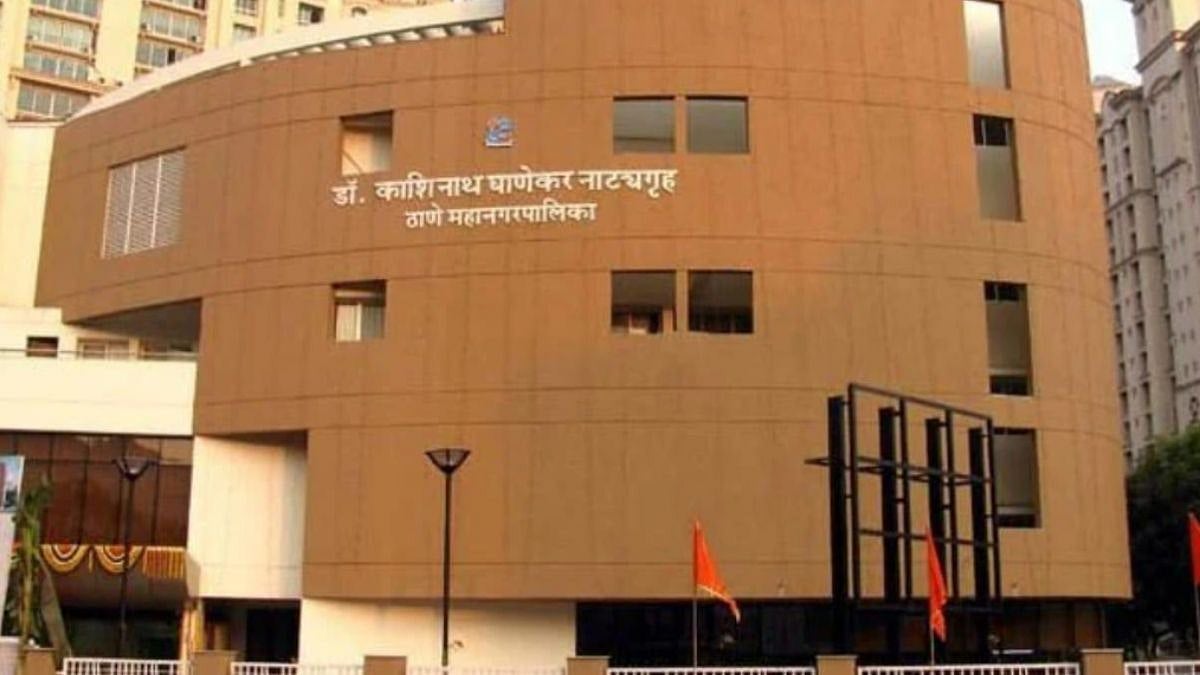Work on the coming year's annual budget has commenced. At such a time, it is crucial that these columns highlight why focus on two sectors – exports and employment – should be given top most importance. There is a need to urgently reorient many of the government's policies that have grievously harmed India's core economic strengths.
Even a cursory look at India's export figures will confirm that India's exports have been flagging. While the pressure on exports has been evident since 2009, it is more markedly so since 2014-15.
A further drill down on the numbers shows that the past seven years have actually seen a sharper deceleration in exports than the seven years before.
A good way to do this is to look at exports right from 1986-87. That was when India was doing badly.
Then break up the entire period till 2020-21 into five seven-year periods. The first seven year period ending 1992-93 was a weak one. Change came from 1990-91. Thus the second seven-yearperiodending1999-2000 registered a growth of 95per cent in total trade, and105per cent in exports over the earlier period. The next seven-year period ending 2006-07 saw these number rise even further by 151 per cent and 137 per cent over the earlier period. This rateacceleratedto260per centand228per cent inthe following period compared to the earlier one. Then came the slump. During 2014-15 to 2020-21,trade growth slowed to just 19 per cent over the previous period, while exports slid to 123 per cent. India was slipping back to the 1980s.
Noted economist Arvind Subramaniam calls this “India's stalled rise: How the state has stifled growth”, in a paper put up on www.foreignaffairs.com. He puts the blame on flawed policies and the promotion of stigmatised capital. A major problem is that unlike most countries in the world, India's trade with its immediate neighbours is only 5 per cent of total trade. Most countries do much of their business within their region, points out Ravi Boothalingam, founder & chairman of Manas Advisory.
Looking back
A third problem is the way India has marginalised key export sectors:
meat, dairy, and poultry products
leather and leather products
gems and jewellery
cotton yarn/fabs/made-ups etc
manmade yarns, fabs made ups
textiles
These six items used to account for almost 31 per cent of India's export basket in 2015-16. Today, they account for only 20 per cent of India's exports. These sectors matter because they are labour intensive. They contribute significantly to wealth generation at the bottom of the pyramid, crucially important for a developing, populated country like India.
Secondly, all the six, except maybe gems and jewellery, account for a high value added or VA. This is important because it means more wealth being added to basic raw material, than say petroleum exports, or even engineering exports. What this means is that – in one way or the other – government policies have hurt both employment potential and exports from lucrative sectors that are crucially vital to India's growth. It is no surprise therefore that India's record on unemployment, at 23 per cent of youth, is one of the worst in the world among developing countries, show World Bank figures.
India needs to create at least 12 million new jobs (in addition to jobs that are lost either through technological advances, or ineptness). Unfortunately, instead of creating more jobs, it has destroyed them. In fact, as a CARE Edge report on employment (“Jobs were lost in 2021” dated December 17, 2021) shows, 28 sectors registered job losses in 2021 over 2019. Only seven showed increases in employment. The situation is alarming. Unfortunately, few are willing to talk about the reasons for these body blows the Indian economy has received.
Reasons
One obvious reason is the introduction of cattle slaughter laws. They impoverished farmers. They also hurt the leather and beef trades, which are labour intensive and big exporters. Another factor was introduction of policies that hurt the garment and textiles sector. As these columns described a few weeks ago, this is one sector that can boost both exports and employment. Efforts must be made to ease the burden of GST compliance that has bedevilled small traders and entrepreneurs in this sector. A third way would be to actually discourage legislations aimed at destroying jobs. A good example is the way the Gujarat government wanted to ban nonvegetarian stalls near stations. Besides being discriminatory, the move would destroy jobs. If India wants to grow, it must make doing business easy, not hazardous. Then focus on two other areas – education and health, and agriculture. But they are subjects that will be dealt with later.










